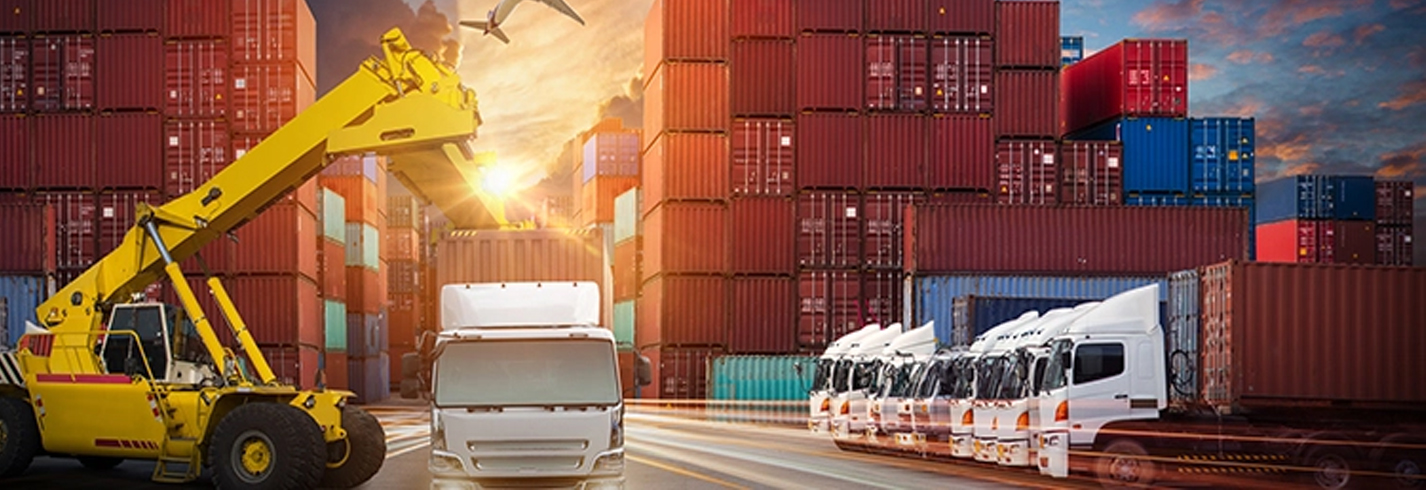In the ever-evolving landscape of global commerce, the demand for swift and efficient deliveries has become a paramount concern for businesses and consumers alike. Enter the era of Deliveries on Demand, a logistical paradigm shift that promises to redefine the way goods and services reach their destinations. This revolutionary approach to supply chain management is not merely a trend but a strategic imperative that leverages cutting-edge technology and innovative solutions to ensure seamless, timely, and cost-effective deliveries. At the heart of Deliveries on Demand is the integration of advanced technologies such as artificial intelligence, machine learning, and the Internet of Things IoT. These technologies work in tandem to optimize route planning, minimize delays, and enhance overall supply chain visibility. AI algorithms analyze historical data, weather patterns, traffic conditions, and a plethora of other variables to predict the most efficient delivery routes. This predictive capability not only reduces delivery times but also minimizes fuel consumption, lowering the environmental impact of logistics operations.

Furthermore, real-time tracking and monitoring through IoT devices empower businesses and consumers with unprecedented visibility into the entire delivery process. Customers can track the exact location of their shipments, receive accurate delivery time estimates, and even adjust delivery preferences on the fly. This transparency not only enhances customer satisfaction but also allows businesses to proactively address any potential issues, fostering a stronger and more trustworthy relationship with their clientele. The advent of Deliveries on Demand has also catalyzed a shift towards decentralized and automated fulfillment centers. These centers are strategically located closer to urban centers, reducing the last-mile delivery challenges that have long plagued traditional logistics models. Automated sorting systems, robotic pickers, and autonomous vehicles within these centers streamline operations, significantly reducing human error and increasing efficiency of gensan delivery. As a result, businesses can fulfill orders at an unprecedented pace, meeting the growing expectations of a consumer base accustomed to instant gratification.
The economic advantages of Deliveries on Demand are equally noteworthy. By optimizing delivery routes, reducing fuel consumption, and minimizing labor costs through automation, businesses can achieve substantial cost savings. These savings, in turn, can be reinvested in improving product quality, expanding service offerings, or simply passed on to the end consumer, creating a win-win scenario for all stakeholders in the supply chain. In conclusion, Deliveries on Demand represents a transformative leap forward in the realm of logistics, offering a myriad of benefits to businesses and consumers alike. The integration of advanced technologies, coupled with a commitment to sustainability and efficiency, positions this model as the future of supply chain management. As businesses increasingly recognize the imperative of meeting customer expectations for fast, reliable, and transparent deliveries, the adoption of Deliveries on Demand is poised to become not just a competitive advantage but a necessity for thriving in the dynamic landscape of global commerce.
